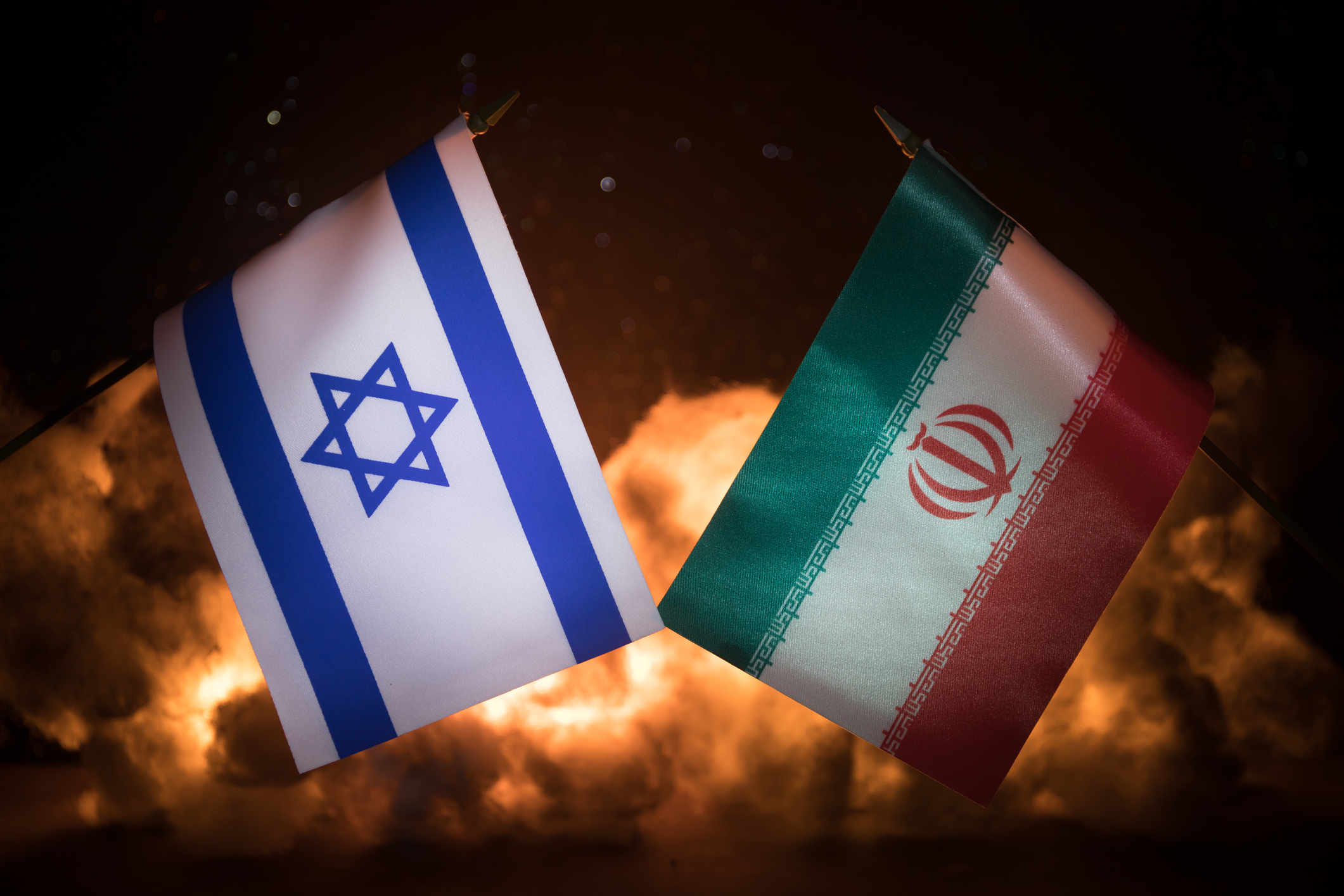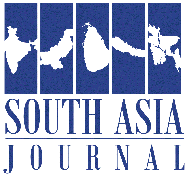
The US President Donald Trump took to social media and announced the good news of “complete and total ceasefire” agreed to by Iran and Israel. The US is pushing for a nuclear deal with Iran, the future of which remains uncertain. If the current regime in Iran does not accept the American terms and conditions of the deal under the prevailing conditions even after 12 days of war between Iran and Israel alongside American intervention, the Trump administration may be tempted to pile up even more pressures on the Iranian regime to the point of regime change.
The tit-for-tat offensives that began with missile attacks by Israel on Iranian nuclear sites on June 13 this year to which the latter retaliated forcefully and involvement of the US later on pointed to both Israeli and American gamble at regime change in Iran which has been stalled for now considering the grim fallouts. As both powers believe the current regime in Iran is pursuing the nuclear weaponization programme on a fast-track mode, the gamble may resume as Iran does not accede to a nuclear deal and reconstitutes itself from the damages done to the existing nuclear facilities but the stakes may still be nonetheless higher. The American missile strikes against Iran’s Fordow, Natanz and Isfahan nuclear facilities sought to invigorate the Israeli military campaign which targeted at sabotaging nuclear capabilities of Iran, suspending its nuclear ambitions for an indefinite period. The American strikes made up for the shortfalls by striking deep into the bunkers where Iran has reportedly stored its nuclear feedstock, reactors and centrifuges. For instance, Fordow is Iran’s heavily fortified underground facility that reportedly involved the use of six 30,000-pound “bunker buster” bombs. These weapons are only deployable by the US Air Force’s B-2 stealth bombers.
The other objective which is deeply intertwined with the first one aimed at forcing a regime change in Iran by piling up enough pressure on the regime to collapse which included targeting at several state officials and nuclear scientists. Absence of unambiguous successor to Ayatollah Khamenei in the present scenario might have given rise to a misplaced notion among the external players such as US and Israel that there is a leadership vacuum and the regime could be toppled if pressured to a point.
However, airstrikes alone without being supported by ground operations could hardly force a regime change in Iran. Despite the reasoning of the US and Israel that a change of regime can put a pause on Iran’s nuclear programme and bind it to verifiable treaty obligations, it is very difficult to ascertain that the changes would occur in predictable ways. Both countries believe a pro-western Iranian regime can be engineered from outside. The US successfully toppled regimes of Saddam Hussain of Iraq, the Taliban in Afghanistan and Muammar Gaddafi of Libya. Spurring the American and Israeli confidence, Syria also witnessed fall of Iranian-supported Assad regime. Israel destroyed the leadership structure of Hezbollah and bound it to a ceasefire agreement as per its own terms. However, the US military interventions in Iraq and Afghanistan are considered to be its major foreign policy failures. The removal of Libya’s Gaddafi resulted in more instability and violence. Removal of Assad has plunged Syria to an uncertain political future.
Mistakes of Regime Change
The US has been more successful in removing anti-American rulers in many countries than in post-war stabilization initiatives.
In these countries, the earlier regimes were either replaced by far more authoritarian regimes or much weaker pro-western regimes which palpably failed to subdue dominant ethnic and religious groups emerged in the war-torn societies and contain the resultant prolonged civil wars. The US, on the contrary, remained militarily entrenched and overstretched in these areas giving way to more instability and chaos without settling the political futures of these societies.
Evolution of history suggests how the revolutionary tides spread with the advent “the Arab Spring,” in West Asia in 2010-11, propped up by the US that deposed the regime of Egypt headed by Hosni Mubarak paved way for more authoritarian rule. Similarly, the overthrow of Yemen’s government gave way to dominance of Houthis who later turned against the interests of the West. The US-supported insurgency in Afghanistan against the Soviet Union following the latter’s intervention in 1979 gave rise to the emergence of the Taliban. The American enhanced footprint and ever-increasing involvement in West Asian geopolitics led to formation of radical Islamist groups such as Al Qaeda and ISIS.
A new regime emerged from the internal political dynamics following the toppling of the current regime may continue to be as hostile to US and Israeli interests as the current regime and pursue the nuclear ambitions as fervently as the current regime. The leaders in these countries increasingly acknowledge how lacking the possession of nuclear weapons can be a threat to their survival. The regimes of Saddam Hussein, Gaddafi and Assad were uprooted perhaps because they did not possess nuclear capabilities. The Kim Jong Un’s regime in North Korea on the other hand, continues to persist without any external threat of regime change.
